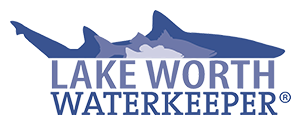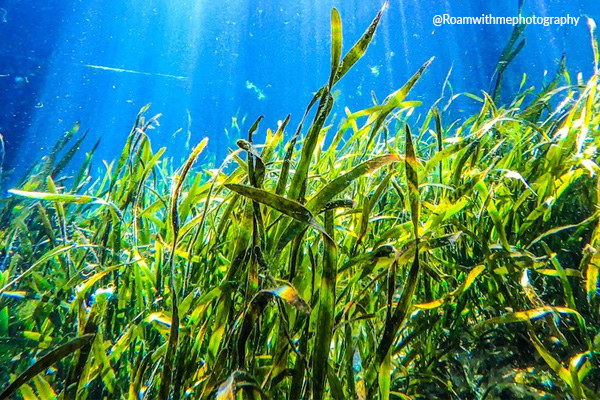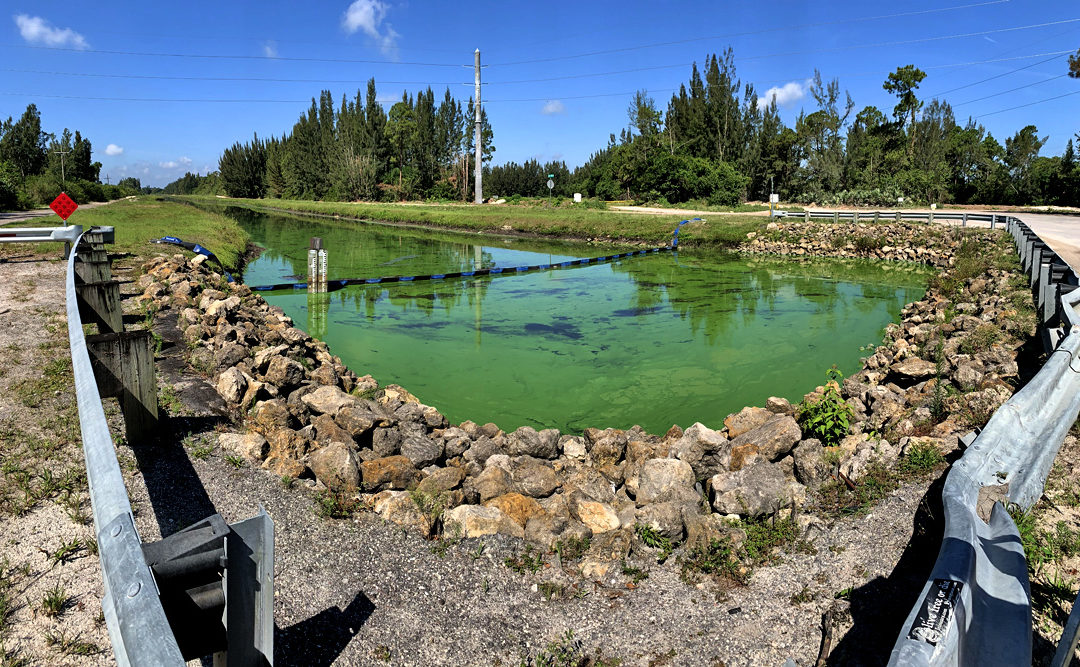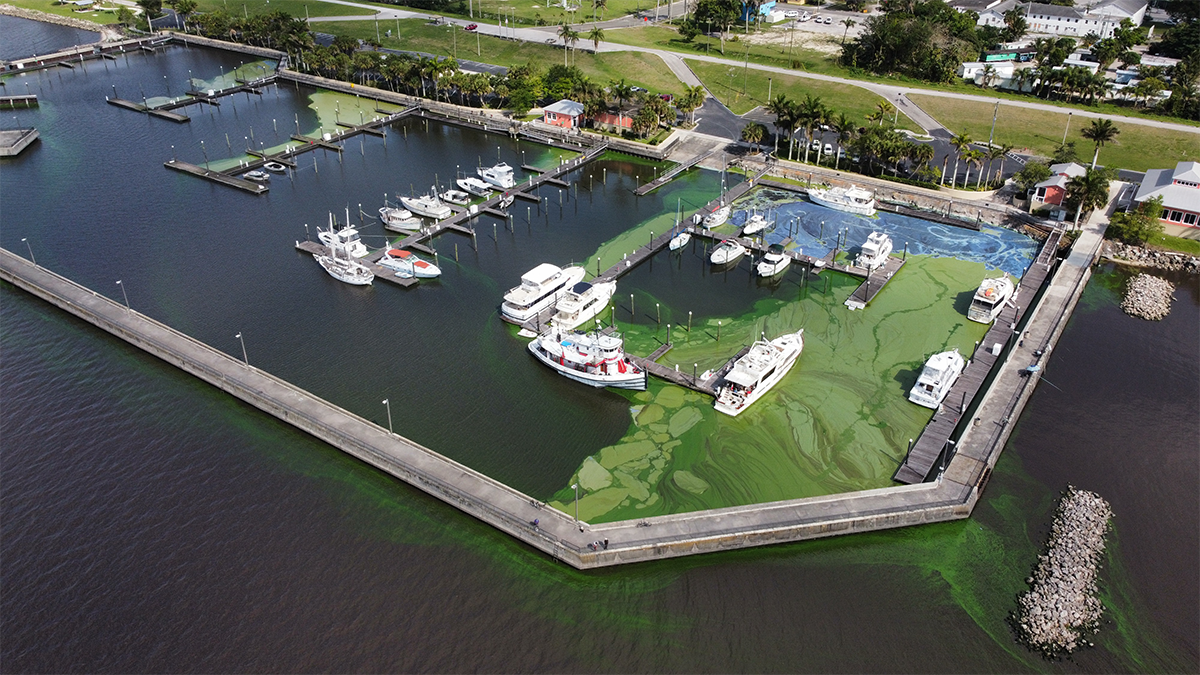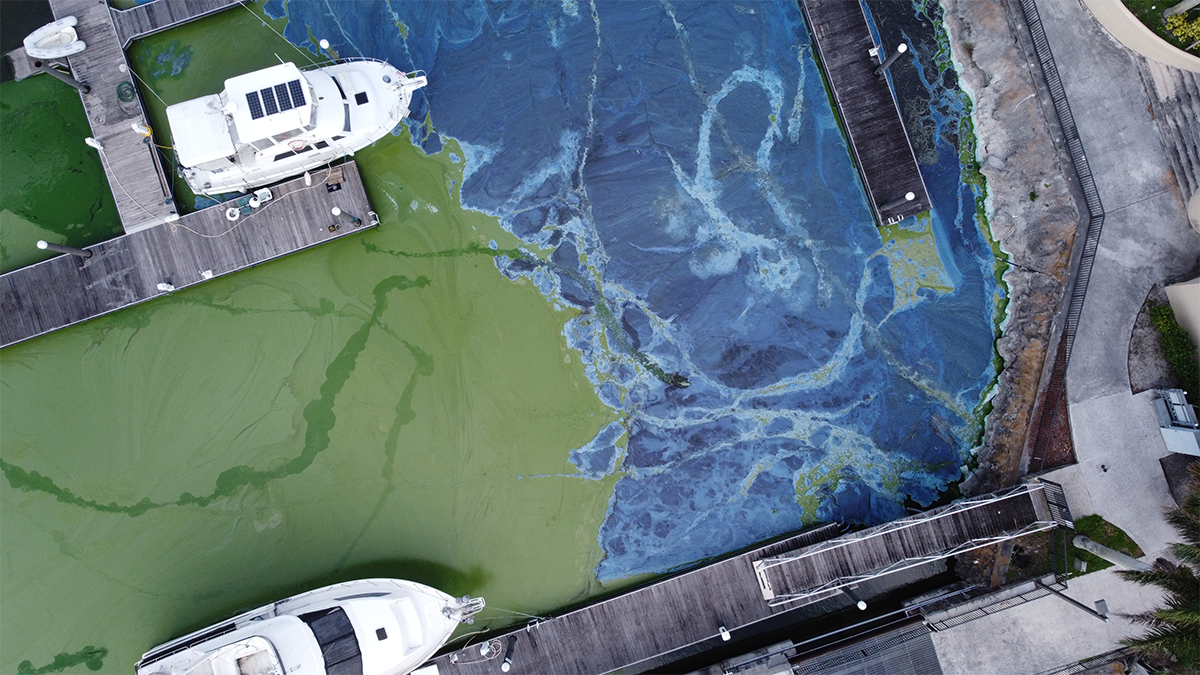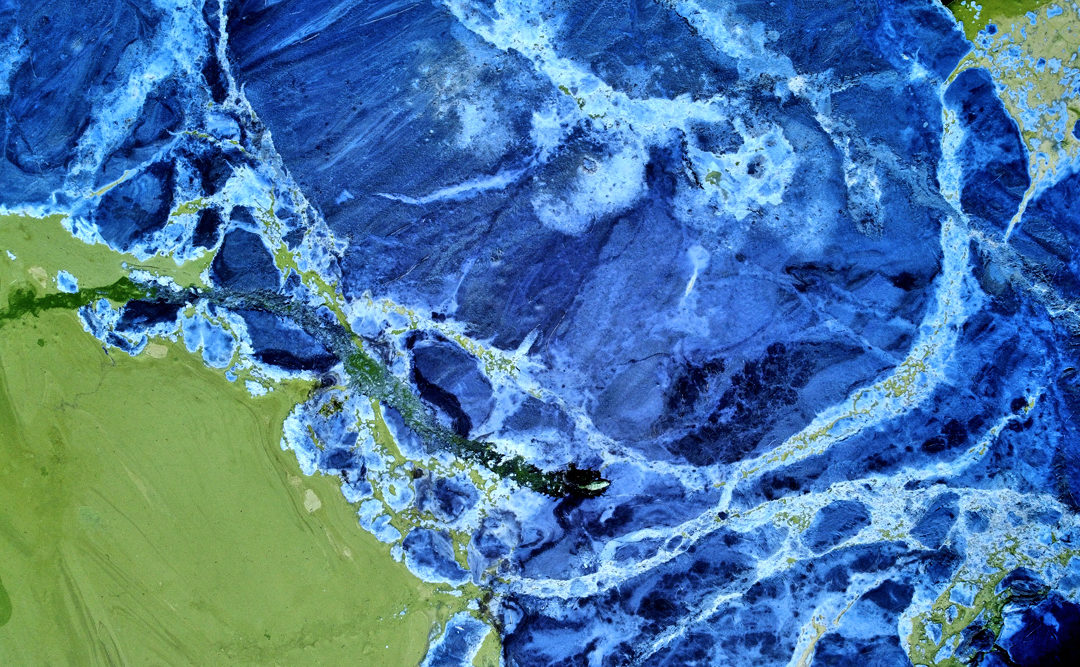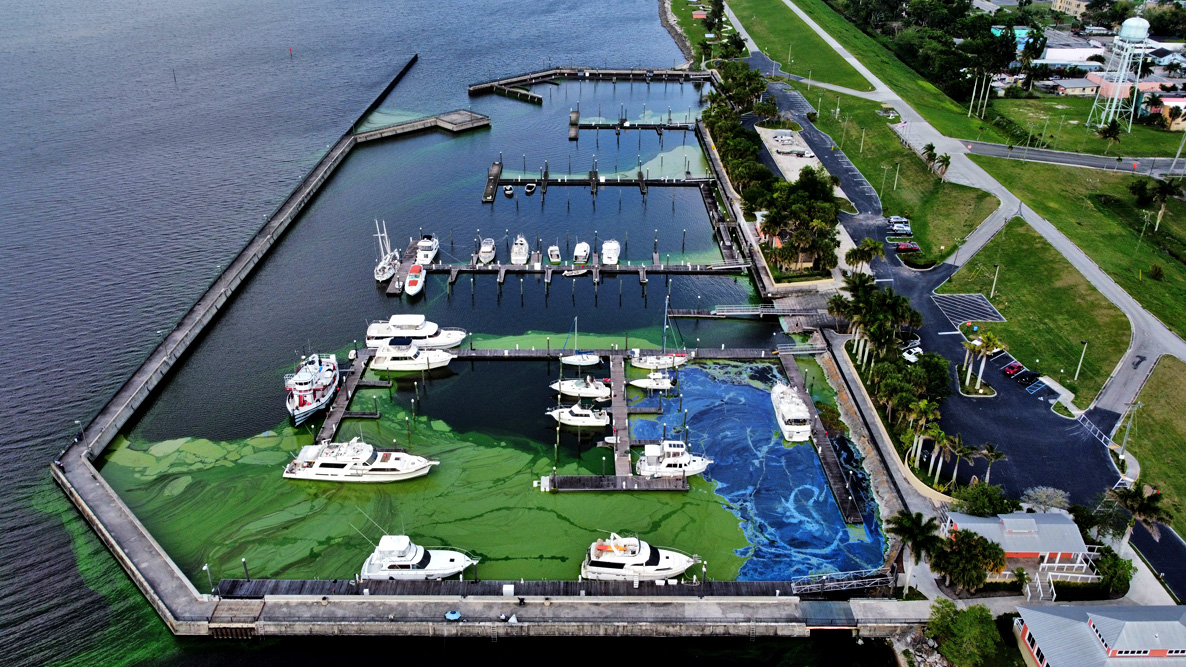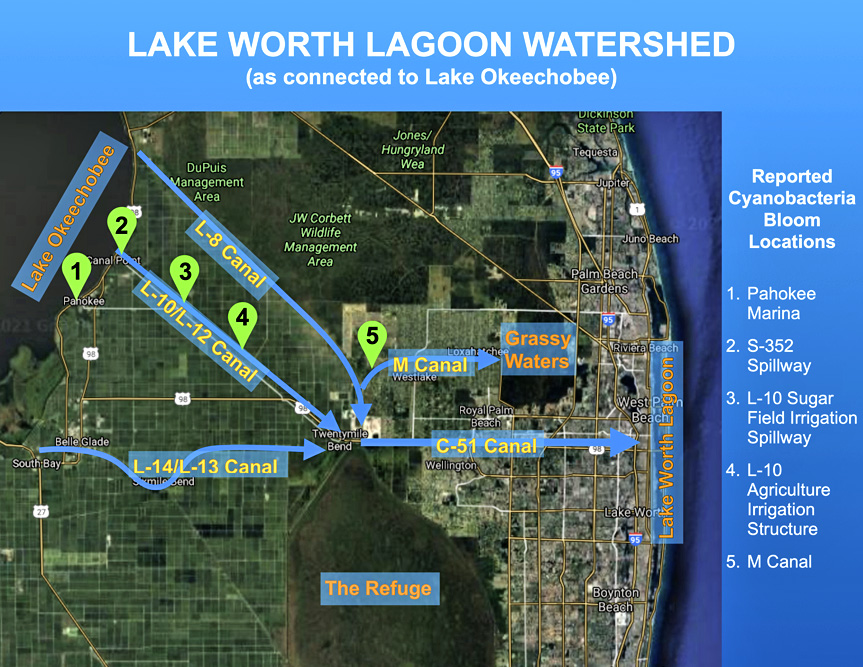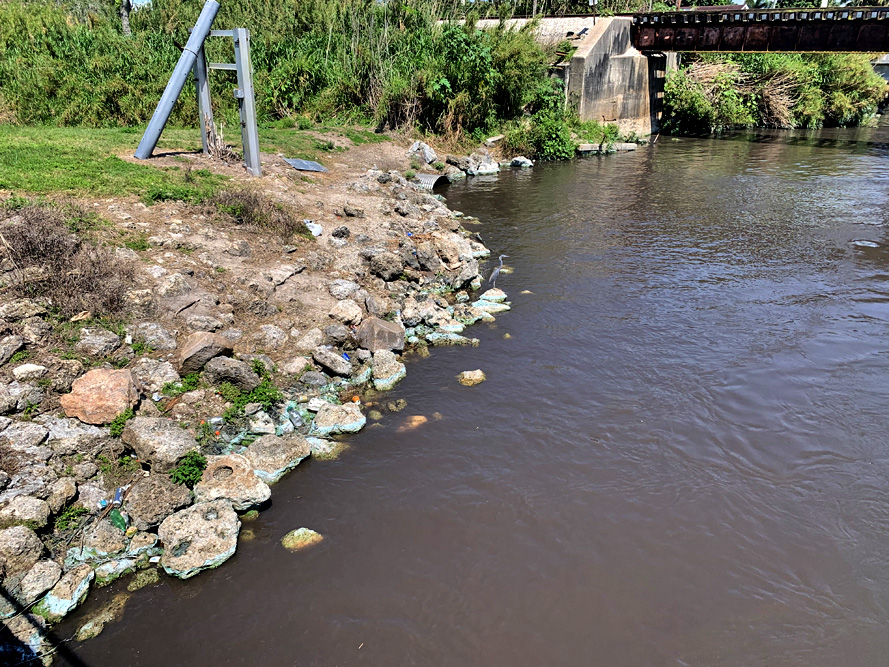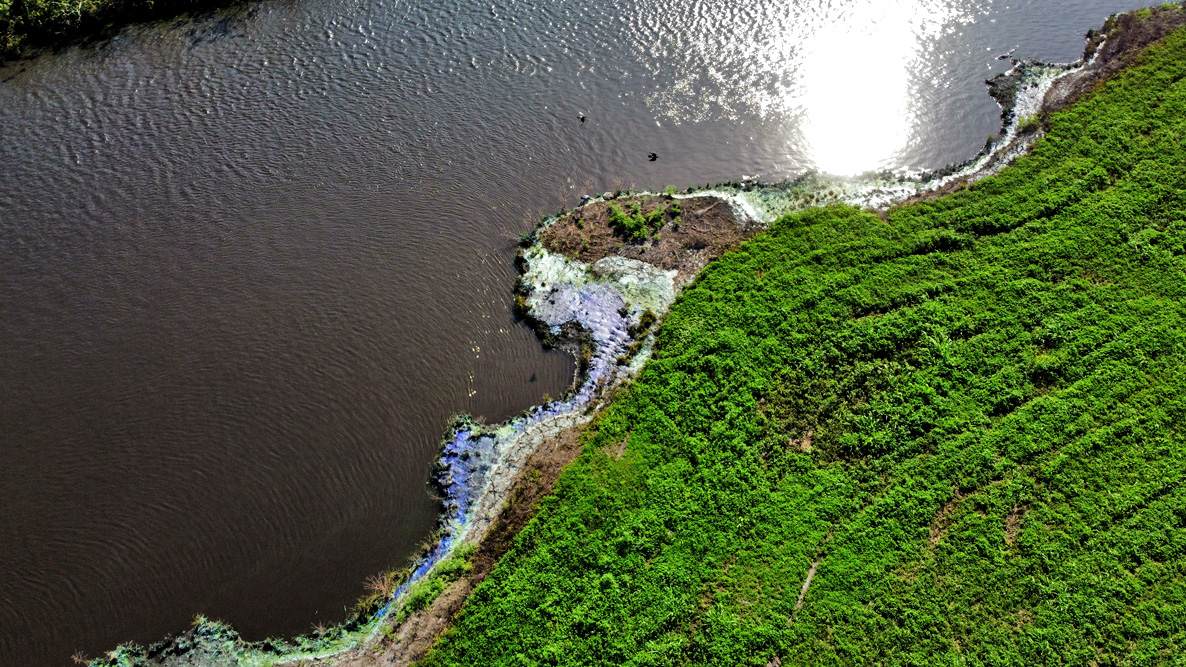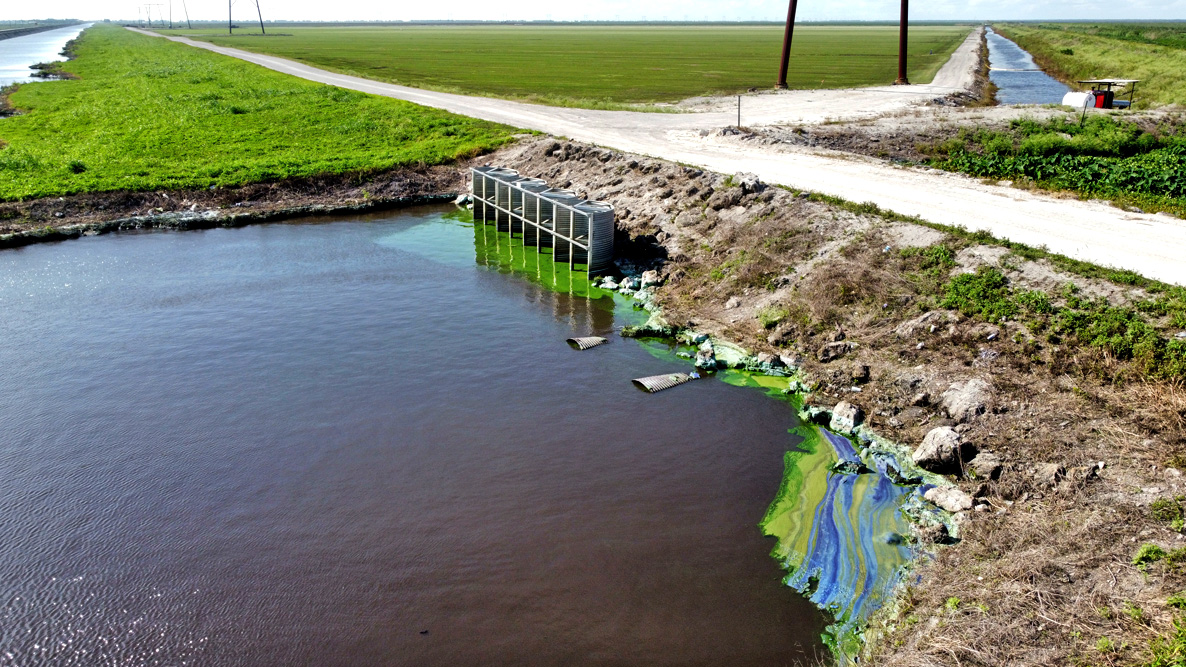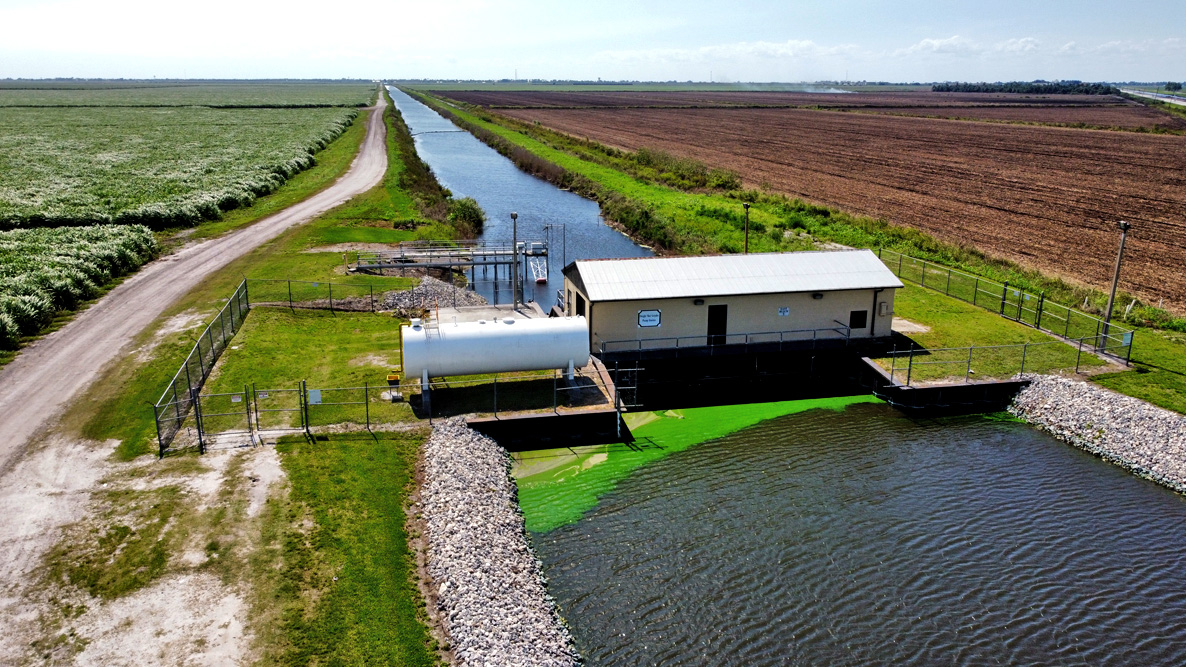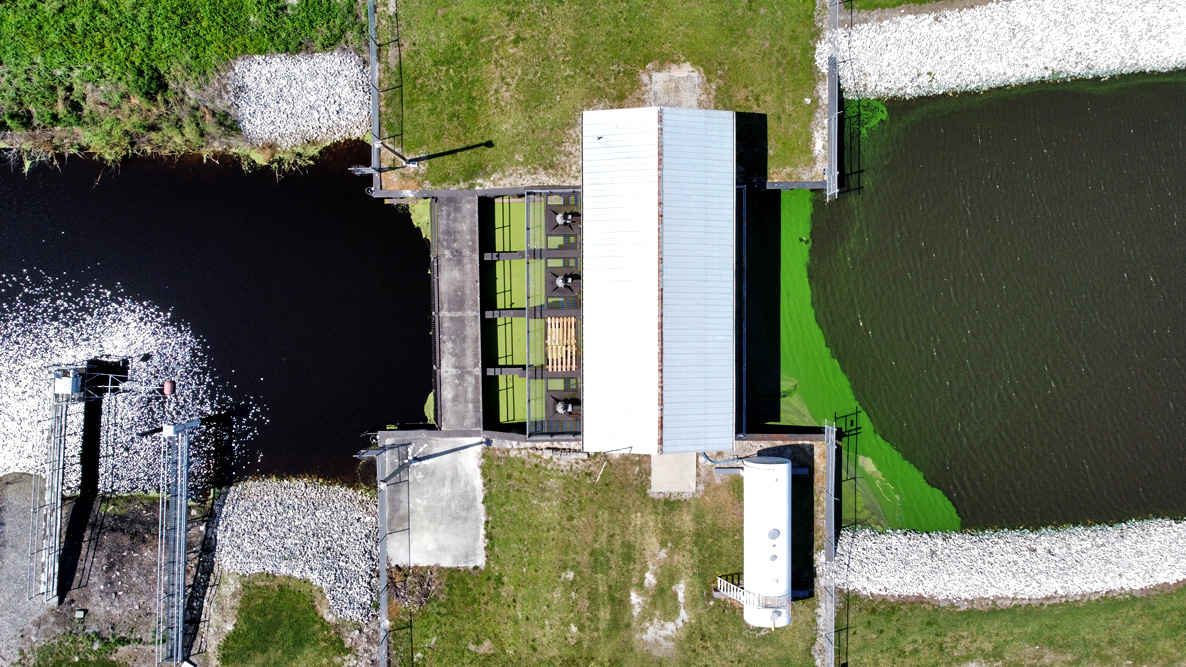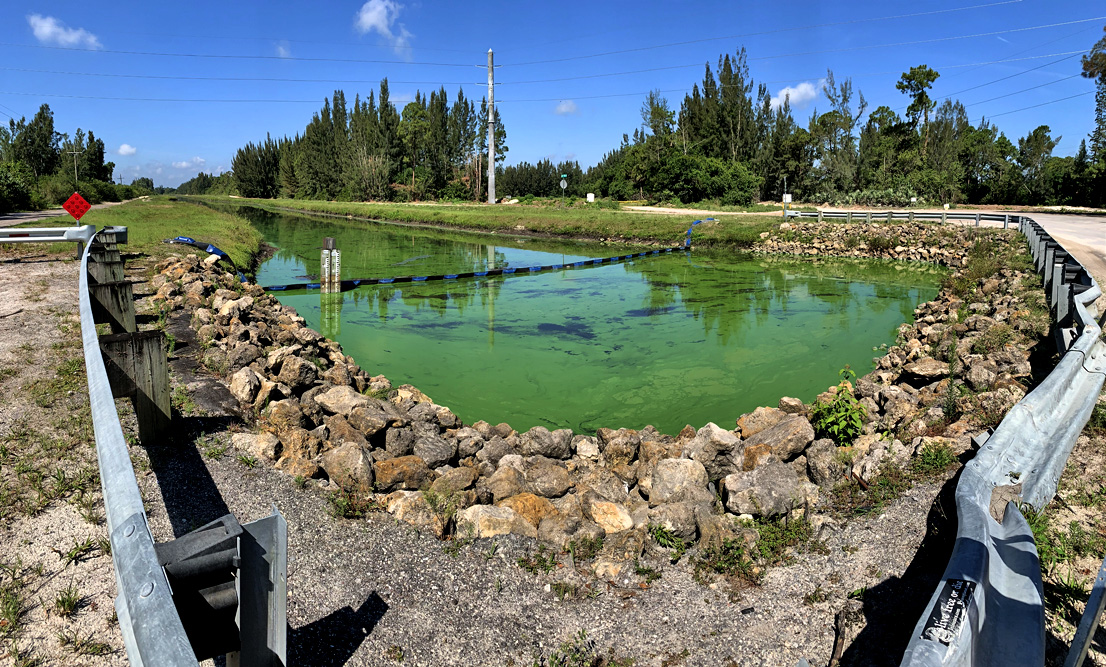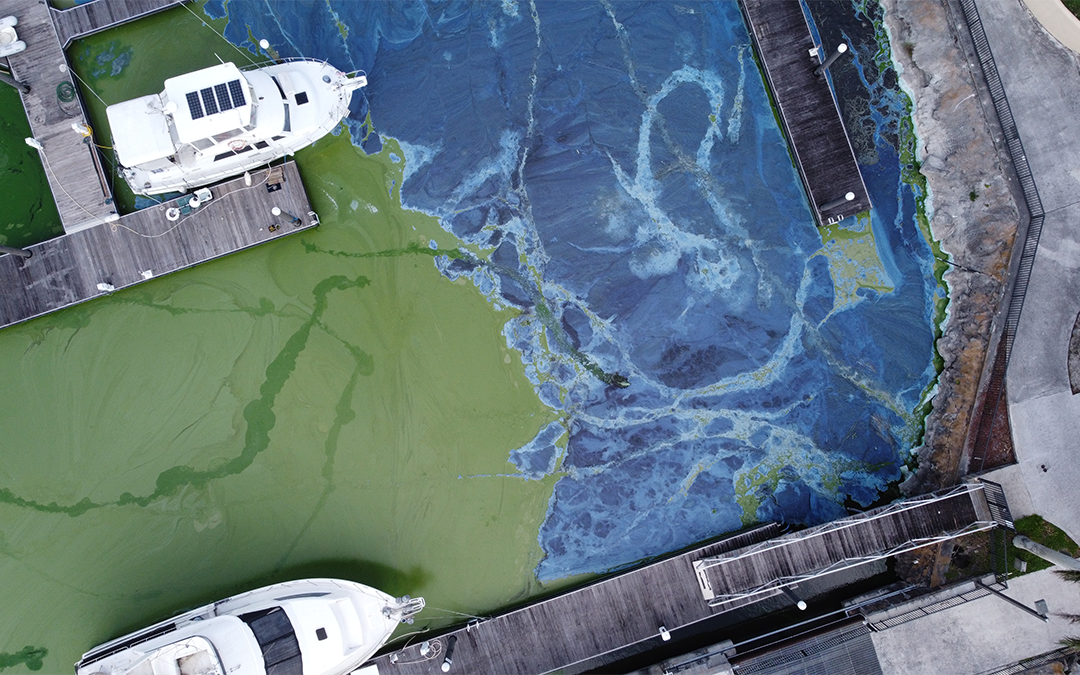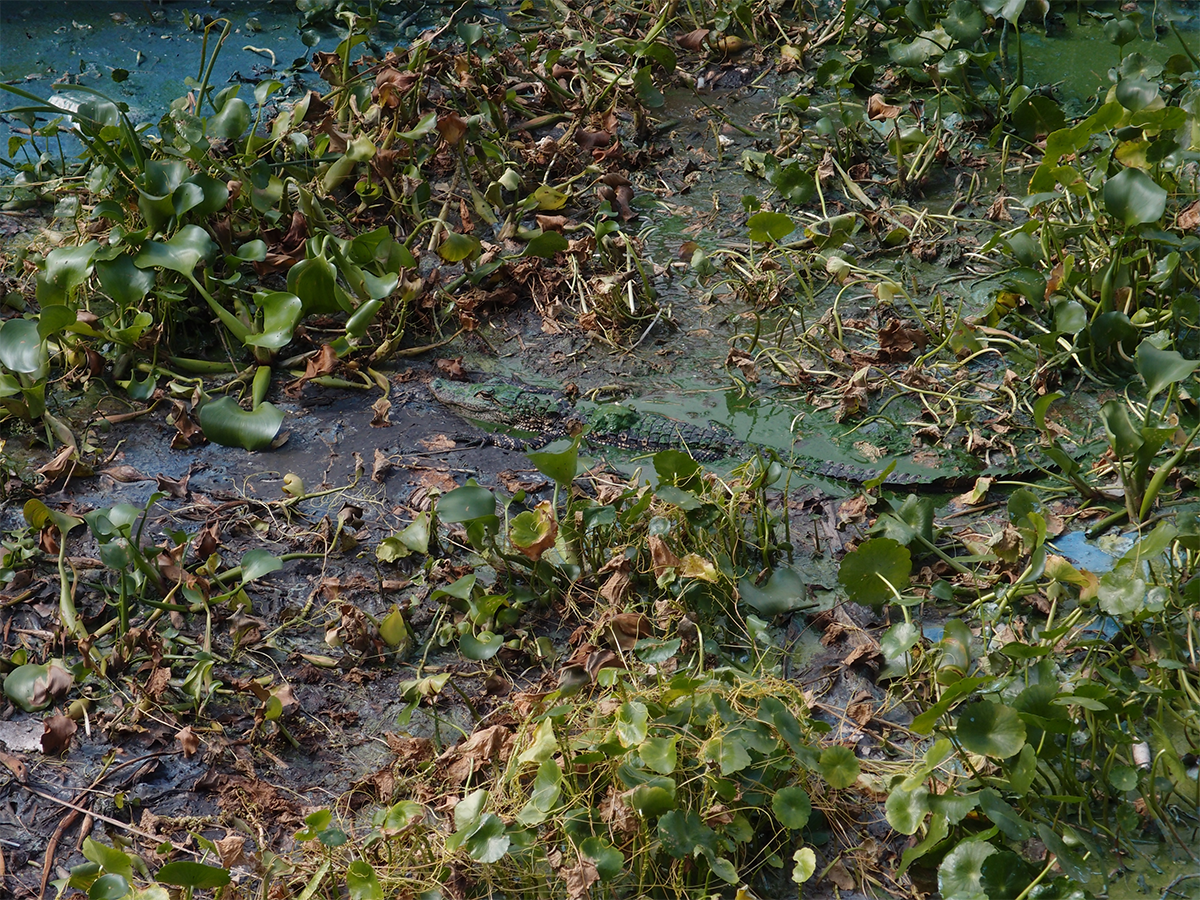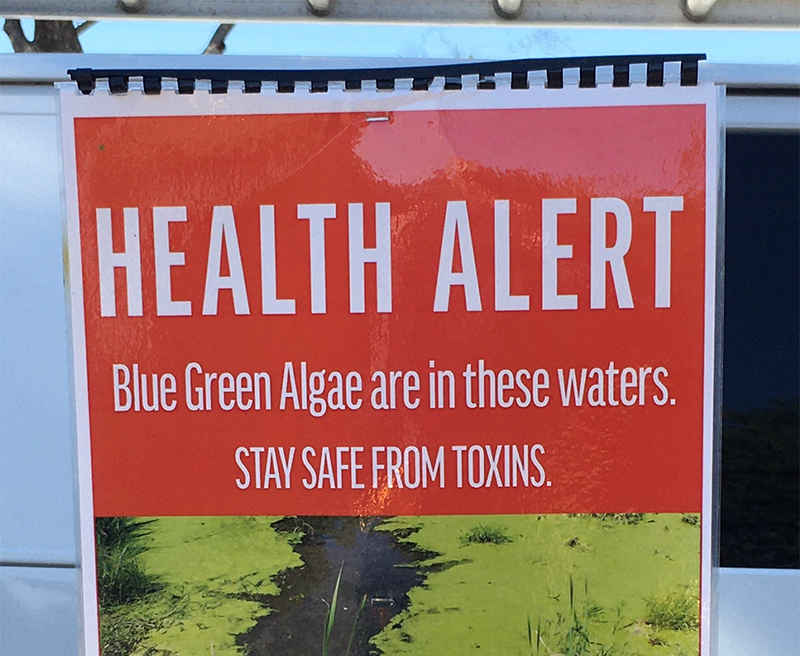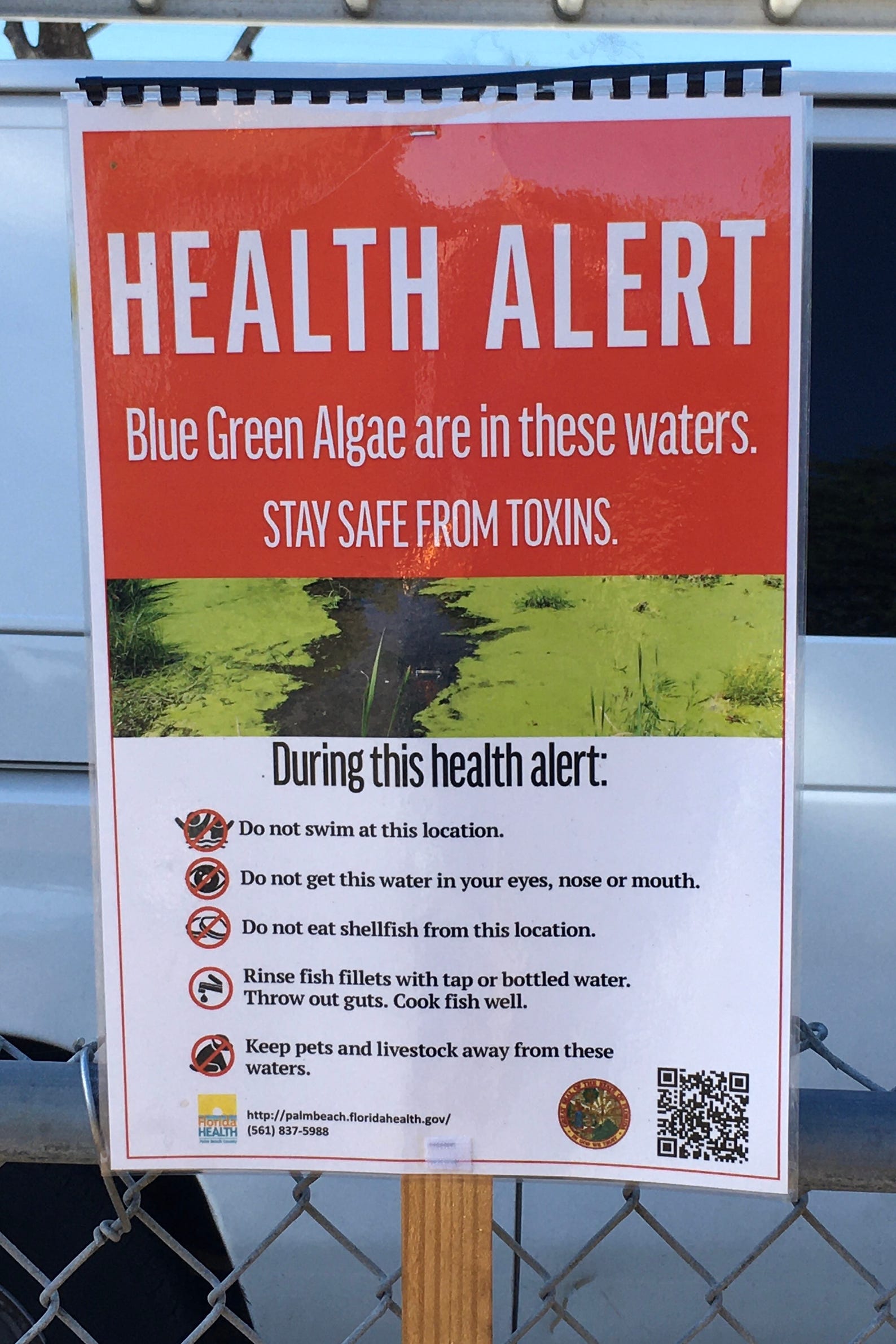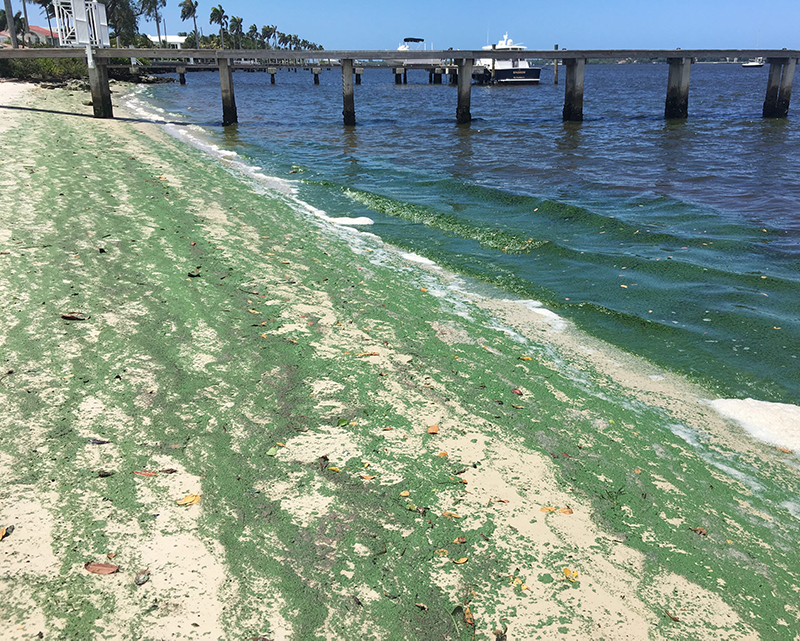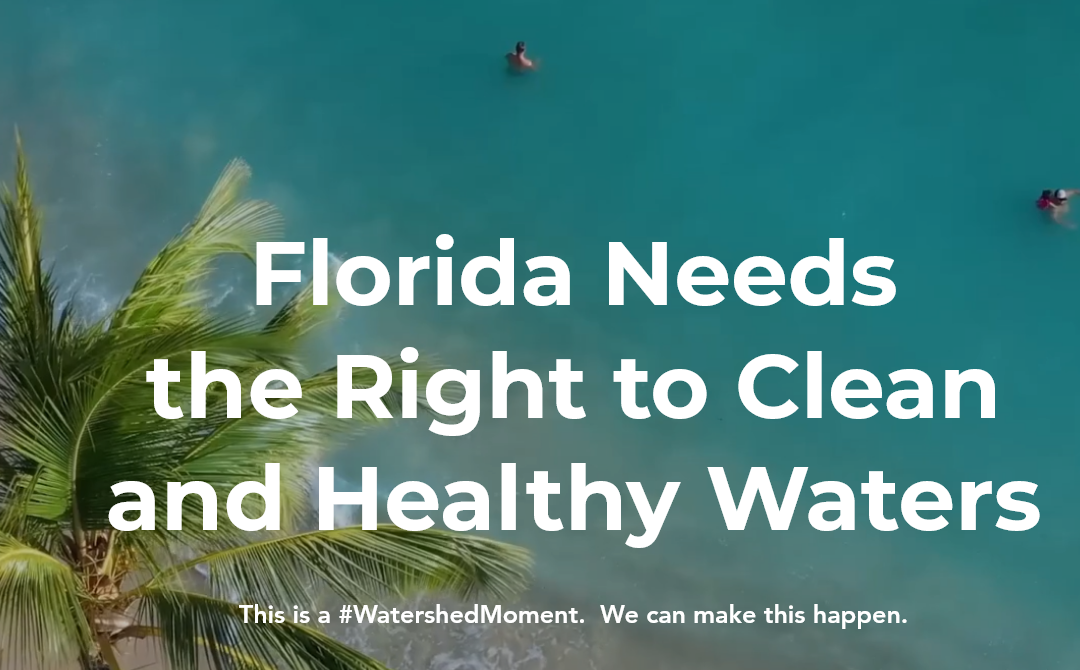
Sign the petition: Florida’s Right to Clean Water
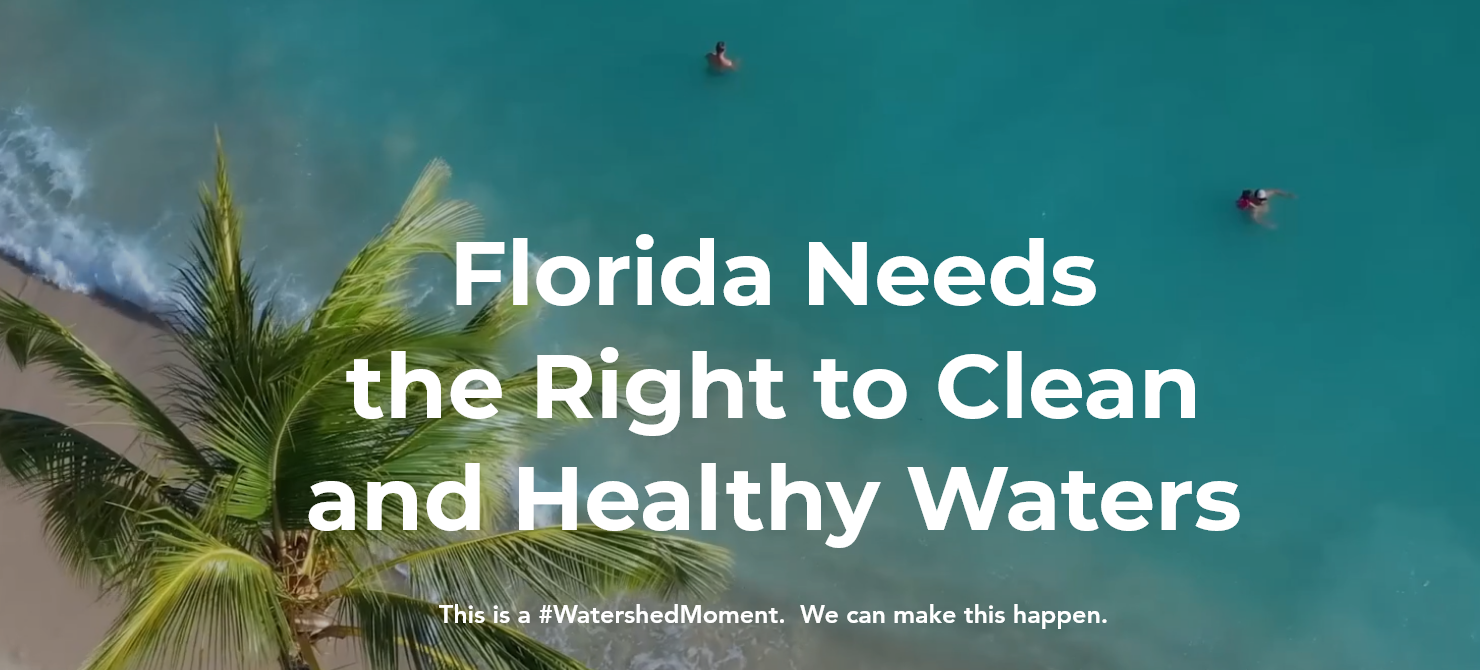
On Earth Day, April 22nd, your Lake Worth Waterkeeper, Reinaldo Diaz, joined fellow environmental groups and activists for an important virtual press conference.
Standing knee deep in the beautiful yet fragile waters around Munyon Cove, he helped to launch the Florida’s Right to Clean Water petition drive for signatures. The petition calls for a new amendment to the Florida constitution stating that clean water is a right of all citizens in Florida.
The man behind the newest push in the rights for nature movement is Joseph Bonasia, a retired English teacher living in Cape Coral. After an attempt to add rights of nature to the Florida constitution didn’t succeed in 2021, Bonasia created the Florida Right to Clean Water organization. He hopes to get the 900,000 signatures needed to qualify for the 2024 ballot. The wording may have changed for this new amendment, but the message remains the same: the people of Florida have a constitutional right to clean water!
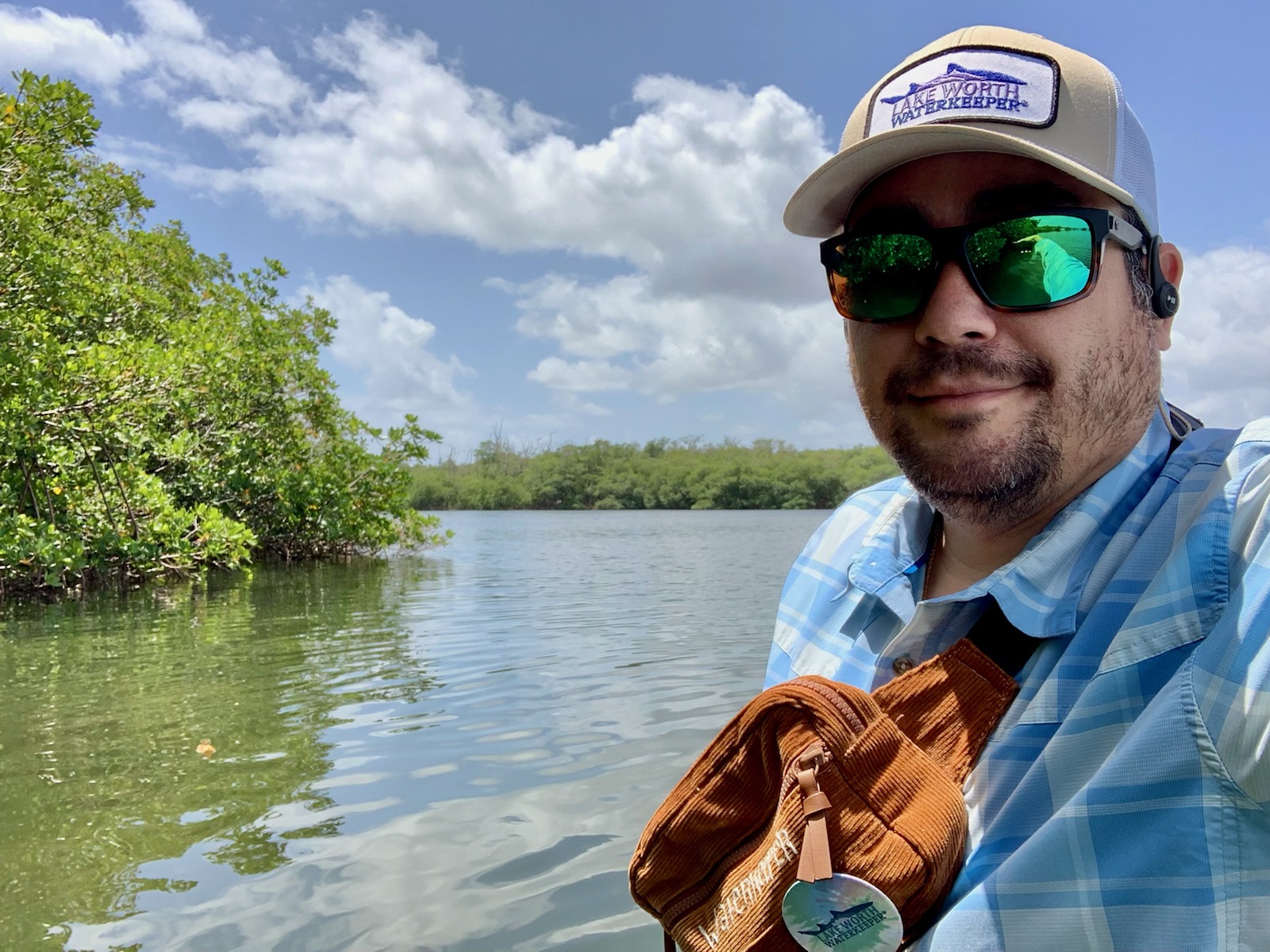
“In a new study examining water quality across the U.S., Florida ranked first for the highest total acres of lakes too polluted for swimming or healthy aquatic life,” WLRN-FM reported last month. “That means water can have high levels of fecal matter and other bacteria that can sicken people or low levels of oxygen or other pollution that can harm fish and other aquatic life.”
Join us in this grassroots effort to ensure Floridian’s rights to clean water. We need 900,000 signatures to qualify for the 2024 ballot.
This campaign’s mission is to take this to Florida’s voters; to educate them, to collect their petitions, and to ensure their voice is heard.
Will you help us in this fight for our right to clean water?
